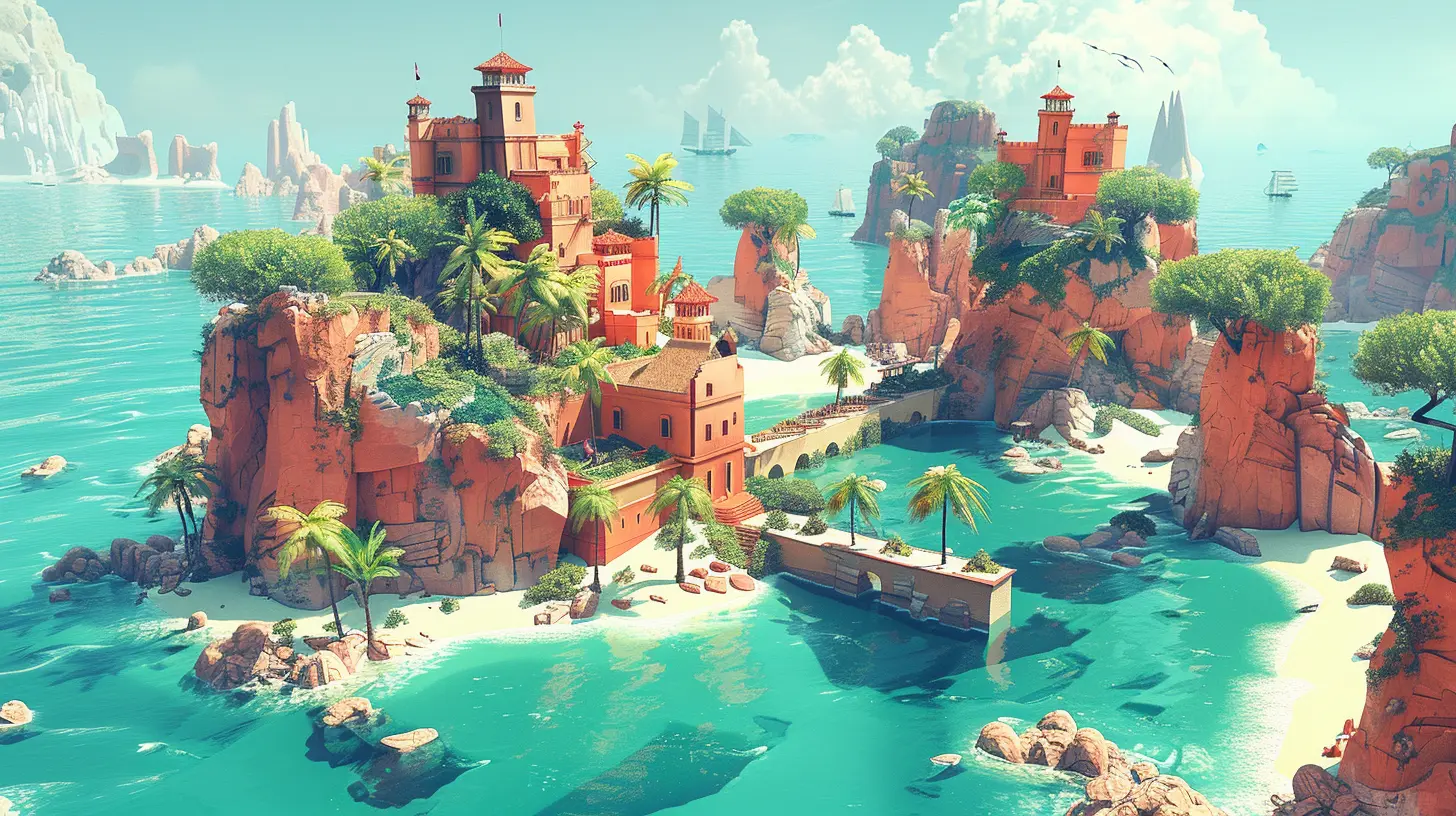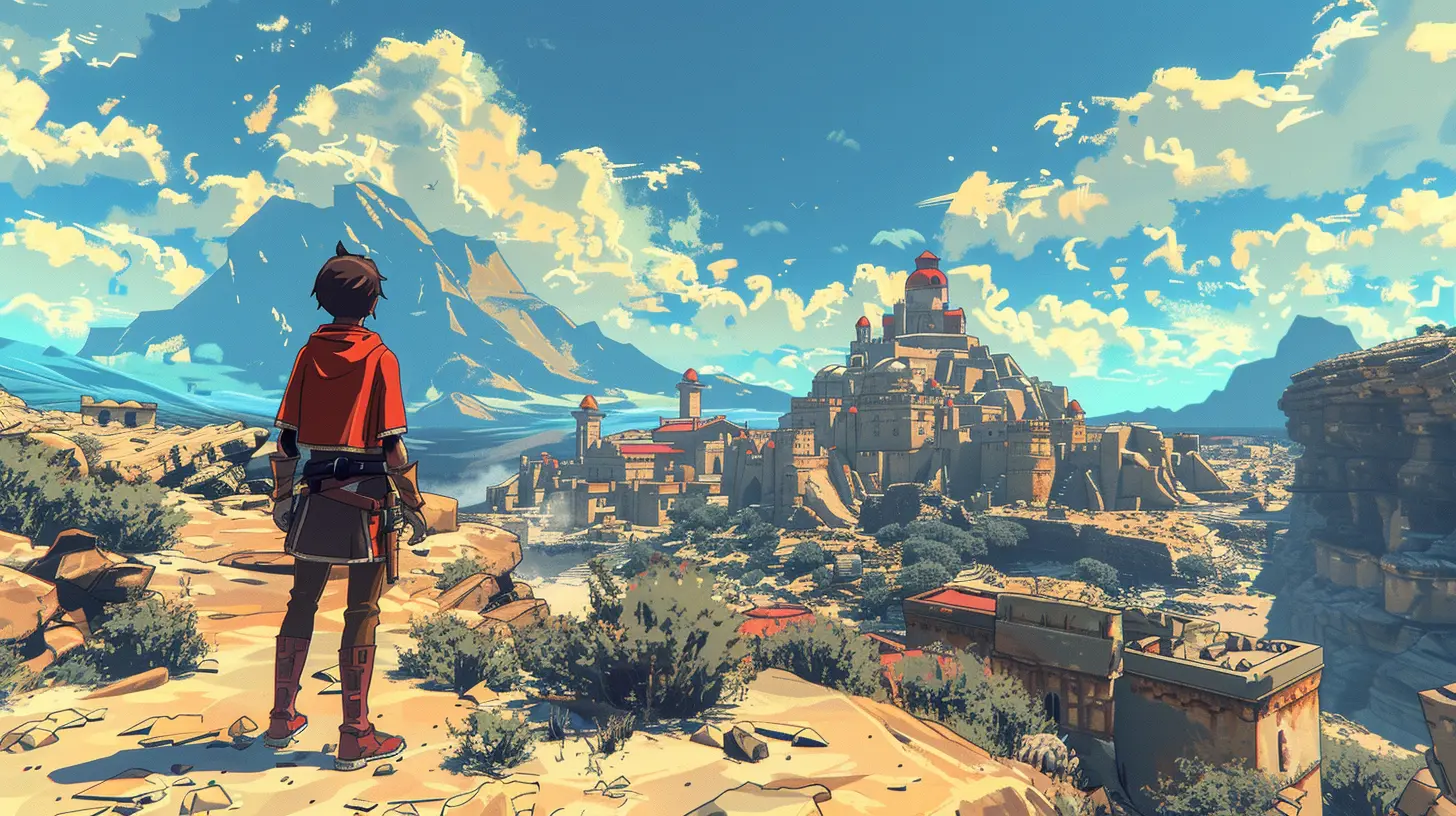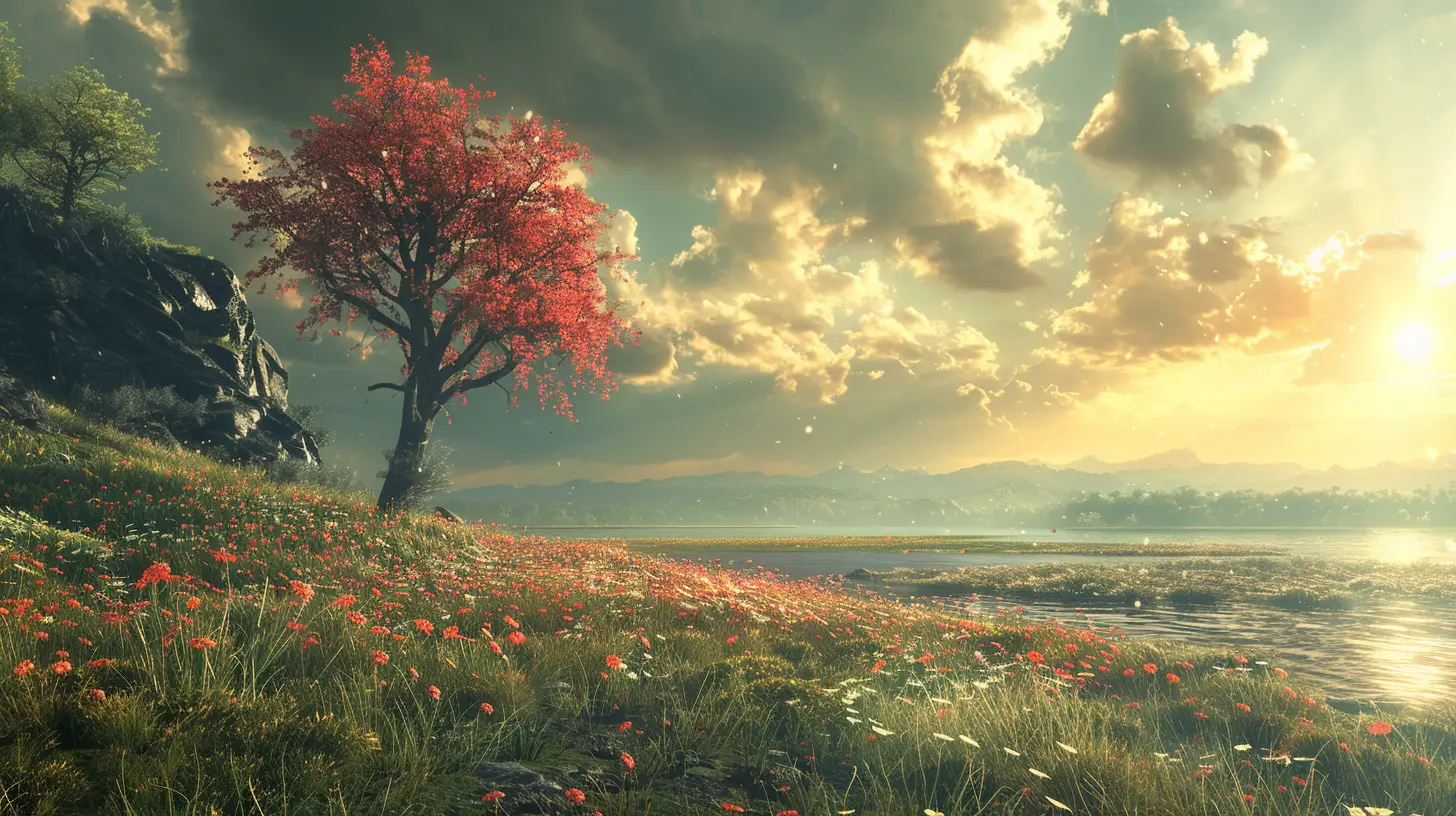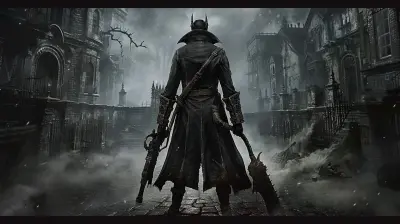Player Freedom Redefined: Why Some Sandbox Games Give You More Control
10 October 2025
When it comes to gaming, few experiences feel as liberating as being dropped into a vast sandbox world where you’re handed the keys to do, well, whatever you want. Whether you're building towering structures, embarking on epic quests, or just causing chaos for the fun of it, sandbox games have become a go-to genre for those who crave freedom and creativity. But here’s the kicker—not all sandbox games are created equal. Some titles push the boundaries of player control so much that they redefine what it means to truly "play your way."
So, what makes certain sandbox games so special? Why do they stand out in giving you more control over the experience? Let’s dig into it.
What Exactly Is a Sandbox Game?
Before we jump into why some sandbox games feel like they give you near god-tier control, let's make sure we're all on the same page. At its core, a sandbox game drops you into an open world and says, “Here’s the stage, now go write your story.” It’s the opposite of a linear game where your actions are tightly scripted, and you’re pushed from one objective to the next like a train on rails.Sandbox games thrive on freedom. You often get to decide where to go, what to do, and even how you want to do it. Think of Minecraft, Grand Theft Auto V, or The Sims—each one offers huge levels of autonomy. But here’s where things get interesting: while most sandbox games claim to give you freedom, only a few truly nail it.
Player Agency: The Heart of Sandbox Games
Let’s be real—no one wants to feel like they’re just following someone else's plan. The magic of sandbox games lies in player agency, which is a fancy way of saying you’re in charge. You make the calls. You set the pace. It’s this sense of ownership that keeps players coming back, often for hundreds (if not thousands) of hours.But some games take this concept further than others. In fact, the difference between a “good” sandbox game and a “great” one often comes down to how much control you're given. The best sandbox games understand that players don't just want freedom—they want meaningful choices that impact the world around them.
The Key Ingredients of a Truly Free Sandbox Game
So what sets the more liberating sandbox games apart? Let’s break it down.1. Open Worlds That Feel Alive
A great sandbox game doesn’t just throw you into a big, empty map and call it a day. The world itself needs to feel rich and alive, like it’s reacting to your presence. Take Red Dead Redemption 2, for example. The game's world is so detailed that you can hunt, fish, rob trains, or even have conversations with random NPCs—without ever touching the main story. Every action feels like it matters, and the world responds in kind.2. Limitless Creative Tools
Few things scream “freedom” like being handed a set of tools and told to go wild. Sandbox games like Minecraft and Terraria thrive because they give players the ability to shape the world around them. Want to build a medieval castle? Done. Prefer digging massive underground cities? Go for it. These games don't just give you freedom—they empower you to leave your mark.3. Unpredictable Systems
The best sandbox games have systems that interact with each other in surprising ways, creating opportunities for experimentation. In The Legend of Zelda: Breath of the Wild, for instance, fire spreads realistically, weather affects combat, and almost every element in the game’s world can be manipulated or combined in creative ways. This kind of interactivity invites players to think outside the box, ensuring no two playthroughs are exactly the same.4. Freedom to Break the Rules
Here’s the thing about rules: they’re fun to break. And the best sandbox games let you bend—or outright shatter—their own systems. In Grand Theft Auto V, you can ignore missions entirely and spend hours wreaking havoc across Los Santos. Or, in Kerbal Space Program, you can push the limits of physics and engineering by building hilariously unstable rockets. This kind of freedom to “mess around” is a hallmark of games that trust players to find their own fun.
Why Freedom Matters in Gaming
Why do we, as gamers, crave this kind of unrestrained control? It's simple—games are an escape. They provide a space where we can experiment, take risks, and explore in ways we can't (or wouldn't) in real life. Sandbox games, in particular, tap into our most primal desires: creativity, curiosity, and the thrill of the unknown.Think about it. Life is full of rules, routines, and responsibilities. But in a good sandbox game? You’re the master of your domain. You can build, destroy, or just explore to your heart’s content. No schedules. No deadlines. Just pure, unfiltered freedom.
Breaking Down Iconic Sandbox Games That Get It Right
To really understand what makes a sandbox game exceptional, let’s look at a few titles that have redefined player freedom.1. Minecraft
It’s impossible to talk about sandbox games and not mention Minecraft. This game doesn’t just give you a world—it gives you infinite worlds. Whether you’re farming crops, mining diamonds, or fighting off Creepers, every block of the game is yours to shape. And with mods, texture packs, and custom servers, the possibilities are practically endless.2. The Sims
Want to trap your Sim in a pool without a ladder? Go for it. Prefer building the perfect suburban paradise? You can do that too. The Sims is the ultimate “life sandbox,” giving players control over everything from their characters’ day-to-day lives to the design of their homes. It’s freedom, but with a dollhouse twist.3. Garry’s Mod
This game is the ultimate playground for creativity. Using Garry’s Mod, players can manipulate objects, create physics-based contraptions, or even design entirely new game modes. The only limit? Your imagination.4. No Man’s Sky
After a rocky launch, No Man’s Sky has evolved into one of the most ambitious sandbox games out there. With a procedurally generated universe containing billions of planets to explore, it’s the ultimate game for space adventurers. You can mine resources, establish bases, trade with alien species, or simply wander through alien landscapes.The Future of Sandbox Gaming
As technology advances, the line between video games and real-world simulation is beginning to blur. With the rise of AI, procedural generation, and user-generated content, future sandbox games could offer levels of freedom that are almost unimaginable today.Imagine a game where every NPC has unique, unscripted behavior. Or a world that changes dynamically based on your actions. These might sound like concepts ripped from science fiction, but they’re not all that far off.
Final Thoughts
At their best, sandbox games are more than just “games”—they’re canvases for creativity. They give players the power to shape their own stories, carve their own paths, and break free from the confines of traditional game design. And while not all sandbox games are created equal, the ones that truly embrace player freedom stand out as some of the most immersive and rewarding experiences gaming has to offer.So, next time you find yourself booting up a sandbox game, take a moment to appreciate how much control you really have. Because in a world that’s often full of limits, these games let you be limitless.
all images in this post were generated using AI tools
Category:
Sandbox GamesAuthor:

Tayla Warner
Discussion
rate this article
1 comments
Judith Reilly
Embrace the freedom that sandbox games offer! These virtual worlds are not just about gameplay but about unleashing your creativity and exploration. Every choice you make shapes your unique journey, empowering you to build, explore, and conquer. Dive in and redefine your gaming experience—your adventure awaits!
October 13, 2025 at 5:05 AM

Tayla Warner
Absolutely! Sandbox games truly redefine player freedom, allowing us to creatively explore and shape our own adventures. It's all about the unique journeys we can craft!


